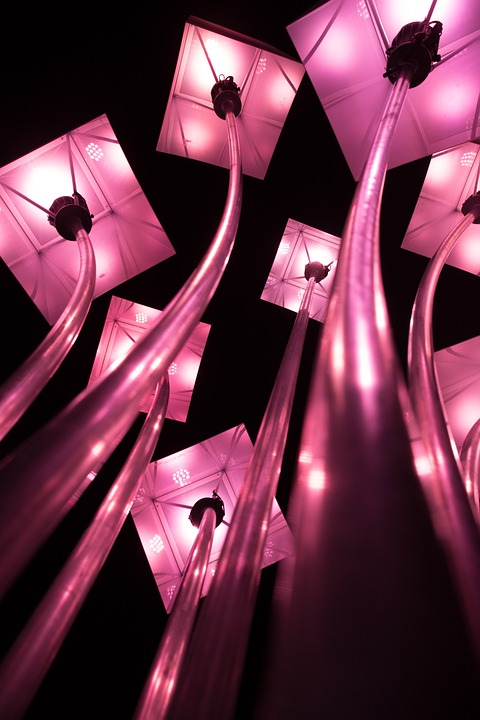The Symbolism and Meaning Behind Kuila ni Viti Costumes and Accessories

The Symbolism and Meaning Behind Kuila ni Viti Costumes and Accessories
Introduction
In the archipelago of Fiji, traditional costumes and accessories hold deep cultural significance. One such traditional attire is the Kuila ni Viti, a ceremonial outfit worn during special occasions and celebrations. These costumes are adorned with symbols and designs that hold various meanings and represent the rich heritage and traditions of the Fijian people.
History of Kuila ni Viti
The Kuila ni Viti has a long history dating back to ancient times. It was traditionally worn by chiefs and warriors as a sign of prestige and power. The costumes were custom-made using locally sourced materials such as tapa cloth, feathers, shells, and natural dyes. The intricate designs and patterns on the costumes were symbolic of the wearer’s rank, lineage, and status within the community.
The Kuila ni Viti was not only a form of clothing but also served as a form of protection. The elaborate headpieces, necklaces, and armbands worn by the warriors were believed to have spiritual powers that could ward off evil spirits and protect the wearer in battle.
Symbolism of Kuila ni Viti Costumes
Each element of the Kuila ni Viti costume holds symbolic meaning. The headpiece, known as the “takitaki,” is often adorned with feathers, shells, and beads. Feathers are seen as a symbol of bravery and strength, while shells represent prosperity and wealth. The intricate beadwork on the headpiece may depict tribal symbols or motifs that are unique to the wearer’s clan or lineage.
The tapa cloth worn as a garment is decorated with geometric patterns and designs that are unique to each region of Fiji. These patterns often represent the natural environment, such as waves, mountains, or flowers, and are believed to bring good luck and protection to the wearer. The colors used in the tapa cloth also hold symbolic meaning, with red symbolizing courage and strength, while white represents purity and peace.
The necklaces and armbands worn with the Kuila ni Viti costume are often made from shells, seeds, and beads. These accessories are believed to have protective properties and are worn to ward off negative energies and evil spirits. The intricate designs on the jewelry may depict motifs of ancestral spirits or tribal symbols that hold deep cultural significance.
Traditional Accessories in Kuila ni Viti
In addition to the elaborate costumes, traditional accessories play a significant role in the Kuila ni Viti attire. One such accessory is the “vau,” a woven belt made from pandanus leaves that is worn around the waist. The vau is believed to bring strength and protection to the wearer and is often passed down through generations as a family heirloom.
Another important accessory is the “tabua,” a polished tooth of a sperm whale that is worn as a pendant on a necklace. The tabua is a symbol of wealth and status in Fijian society and is often exchanged as a form of currency or used in ceremonial rituals. The tooth is believed to have protective powers and is worn as an amulet to bring good fortune and prosperity to the wearer.
Modern Interpretations of Kuila ni Viti
In recent years, the Kuila ni Viti costume has evolved to reflect modern influences while still maintaining its traditional roots. Contemporary designers and artists have incorporated new materials and techniques into the creation of these ceremonial outfits, such as incorporating metalwork, beads, and fabrics.
The symbolic meanings behind the Kuila ni Viti costumes and accessories continue to hold significant importance for the Fijian people, serving as a connection to their cultural heritage and traditions. The intricate designs and patterns on the costumes are a testament to the artistic skill and craftsmanship of the Fijian artisans who create these unique pieces of wearable art.
Conclusion
The Kuila ni Viti costumes and accessories are not just items of clothing; they are symbols of identity, heritage, and tradition for the Fijian people. The intricate designs and patterns on these ceremonial outfits hold deep meanings and represent the rich cultural history of Fiji. By understanding the symbolism and meaning behind the Kuila ni Viti costumes, we can gain a greater appreciation for the artistry and craftsmanship of these traditional garments.